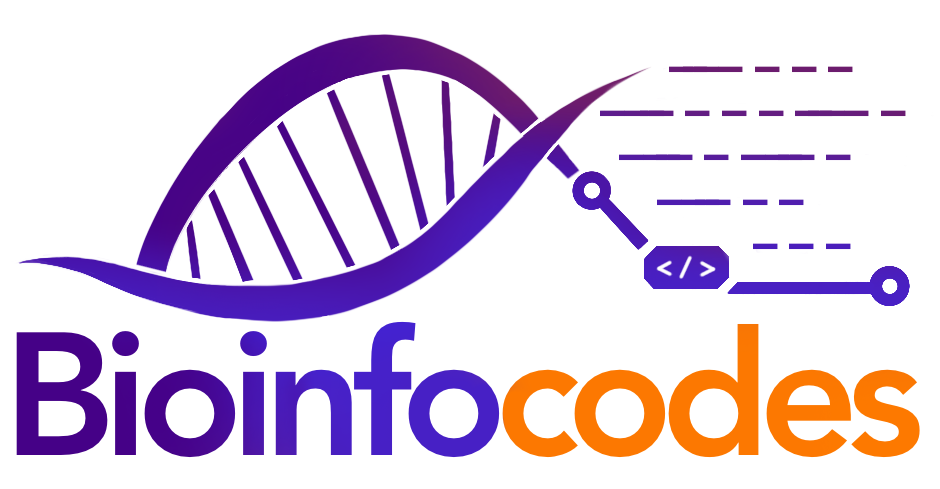Type 1 diabetes is distinguished by the autoimmune assault on crucial β cells situated in the pancreas, resulting in their impairment. This assault impedes the production of insulin, a pivotal hormone essential for metabolic processes, thereby inducing a quantitative shortage of insulin within the organism. The incapacity to generate insulin culminates in inefficient glucose utilization by cells, culminating in elevated blood glucose levels (hyperglycemia). Typically commencing in childhood or early adulthood, Type 1 diabetes endures throughout an individual’s lifespan, exerting a profound impact on metabolic equilibrium by obliterating insulin synthesis due to malfunction in β cells.
In their investigation, Bart and his colleagues devised an approach to tackle insulin insufficiency in Type 1 diabetes via clinical trials. They employed device capsules containing precursor pancreatic cells derived from human embryonic stem cells, attaining clinical advantages in subjects diagnosed with Type 1 diabetes. Furthermore, the viability of β cell transplantation for the treatment of Type 1 diabetes was substantiated through outcomes obtained from islet transplants sourced from the human pancreas.
This cell-based therapy effectively managed hypoglycemic events in the majority of recipients, markedly enhancing their quality of life. Furthermore, the approach nearly normalized glucose regulation, enabling more than half of the patients to live without the necessity of exogenous insulin therapy for a duration of five years. Nevertheless, this application is not without its risks, including the scarcity of donor cells and the imperative for ongoing immunosuppressive treatment, which may give rise to life-threatening complications. The limitations associated with donor cells and the necessity for immunosuppression could potentially be mitigated by employing fully encapsulated β cells derived from human pluripotent stem cells (hPSCs).
Methodologies have been devised to guide hPSCs to the pancreatic endoderm (PE) stage and to generate preparations containing β cells. Transplanting cells at both the pancreatic endoderm and β cell stages can yield functional β cell implants in immunocompromised mice. The exploration of capsule encapsulation aims to establish a barrier against immune cell infiltration into donor cells and to physically constrain target cells. Such a device can enhance safety by restricting environmental adaptations when appropriately positioned. The challenge of maintaining transplanted β cells within a sealed encapsulation device has led to the development of perforated or open devices, facilitating growth into blood vessels. Studies in immunocompromised mice and rats have given rise to PEC-Direct, a combination product containing human pluripotent stem cell-derived pancreatic endoderm cells (PECs) designed for phase 1/2 clinical trials in Type 1 diabetes. The device has perforated membranes adapted from clinical pancreas isolation settings, incorporating immunosuppression. While not entirely blocking immunity, the encapsulation device aims to preserve the generations of these cells in the applied region, along with PEC-01 cells.
In summary, cell encapsulation emerges as a promising avenue for the treatment of Type 1 diabetes, utilizing encapsulated beta cells derived from human pluripotent stem cells. Nevertheless, addressing formidable challenges such as the scarcity of donor cells and the imperative for immunosuppression mandates continued and thorough research and development endeavors.
Translator: Farahnaz Mammadbayli
Editor: Elif Duymaz
Reference: Keymeulen, B., De Groot, K., Jacobs-Tulleneers-Thevissen, D., Thompson, D. M., Bellin, M. D., Kroon, E. J., Daniels, M., Wang, R., Jaiman, M., Kieffer, T. J., Foyt, H. L., & Pipeleers, D. (2023). Encapsulated stem cell–derived β cells exert glucose control in patients with type 1 diabetes. Nature Biotechnology 2023, 1–8. https://doi.org/10.1038/s41587-023-02055-5
– Bioinfocodes Scientific News Service –
News articles prepared by our team members, reviewing and compiling scientific research published in journals with an impact factor greater than 20 (click here for the list).

